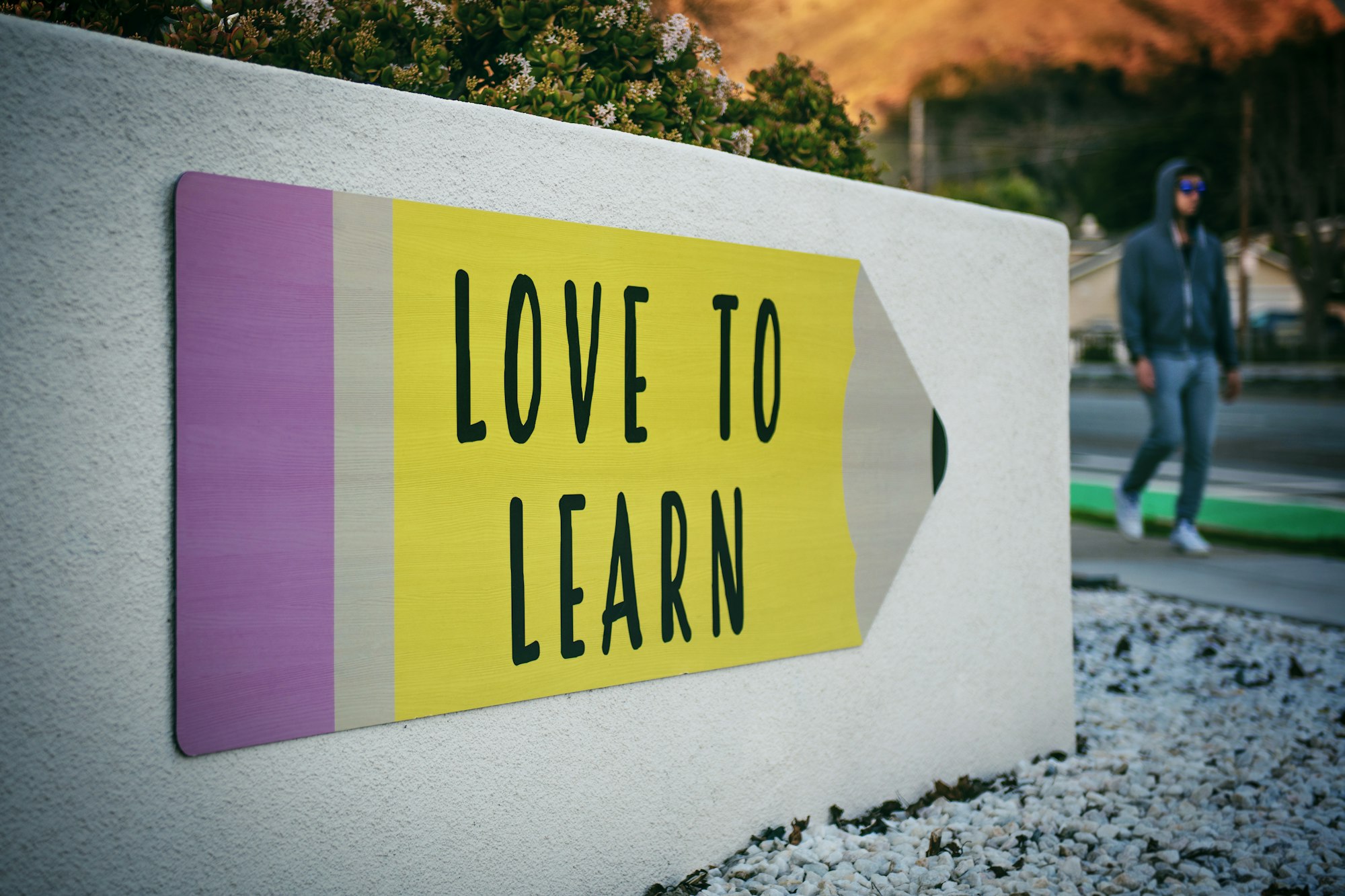In a conventional learning environment, students often merely regurgitate information without comprehending their learning concepts. Additionally, after passing their examinations, they forget everything they studied. The learning retention rate is quite low in these scenarios. The core objective of education is to make students equipped to use their acquired knowledge in real-life practical situations and face the challenges put forward by the modern world.
It has become a necessity to shift from the conventional rote learning methodologies and improve the learning retention rate in students to have a productive learning experience. In this article, you will get to learn some tips that can be incorporated into the pedagogical methodologies to increase the learning retention rate. Read on to learn more.
Experiential Learning
Experiential learning is gaining popularity because of the impact it has on students. Experiential learning allows students to ‘learn by doing’ and therefore, the concepts get more comprehensible and will get imprinted in their minds. Teachers can give students activities that are related to the learning lessons they have at school. This encourages students to unveil their creative sides and come up with innovative ideas. As it is an active learning methodology, it ensures maximum student engagement and involvement. As a result, the learning retention rate improves and fosters their interest in learning.
Another way to promote experiential learning is through field trips. You can take students to different sites where they will have exposure to real-life applications of their learning concepts. In this way, they will get an in-depth understanding, and thereby it will be etched in their minds forever. According to the learning pyramid, practicing what you are learning can increase learning retention by as much as 75%. Thus, there is no question that experiential learning is a successful teaching strategy that can be incorporated into the school curriculum.
Peer Tutoring
According to the learning pyramid, a learner's retention rate is at its peak when they pass along what they've learned to others. In light of this, peer tutoring is a useful approach that can be used in educational institutions. Students that are adept at understanding concepts will guide slower learners to understand different concepts through peer tutoring. Given that the tutee should fully comprehend the concepts in order to teach them to his or her peers and that the concepts will be conveyed in simple terms, this methodology is beneficial for both parties. Slow learners will also be able to understand the concepts with ease.
Advanced Teaching Tools
Did you know that the average person only retains 10% of what they learn in a classroom setting? This is why it is so important for students to use effective learning techniques. Teachers can use online tools to facilitate the learning process. Unlike lectures, it will be engaging and fun for the learners. The advancement in technology has impacted the attention span of learners. Hence, it is becoming difficult to keep them engaged in the lectures. They tend to easily get distracted and hence, fail to grasp the concepts. As a solution to this, you can integrate different tools into your teaching approaches.
A range of tools is available, including pictures, animated videos, 3d models, etc. These tools are useful because they allow users to view visual representations of the concepts they are learning. Visual aids will undoubtedly be more efficient and able to pique interest in the subjects. In this way, the knowledge retention rate can be increased. You can reach a wider range of learners and improve the likelihood that they will be able to retain the information by providing a variety of learning modes.
Assessment Methodologies
You can involve innovative assessment methodologies to improve the learning experience for students. Through these methodologies, you can ensure that the students are imbibing the concepts thoroughly, and also the knowledge retention will be increased.
By taking practice tests, you can increase your learning retention rate. Students can evaluate their comprehension of the subject and pinpoint any areas that require extra attention. Practice tests can also teach students how to use the information in real-world contexts. You can also provide feedback to students and when they do, they are more likely to be inspired to keep learning and retaining what they have learned.
Conclusion
Students ought to be engaged in their learning process in order to create an environment conducive to active learning. Unless and until they actively participate in the learning process or the pedagogical techniques are not captivating enough, they will not be able to understand the learning concepts and will instead simply passively absorb the information. It does not help them to acquire knowledge and apply them. Once students are actively engaged in learning, they will quickly understand the concepts and be able to apply them in real-world situations. You can follow the above-suggested learning strategies to improve the learning retention rate in students.
Teachmint is one of the leading education infrastructure providers in the country. With our advanced learning management system, you can improve the teaching-learning experience. Our offerings like education erp, admission management system, fee management system, and others conveniently digitize educational institutions.
Suggested Read: Modern Teaching Methods






